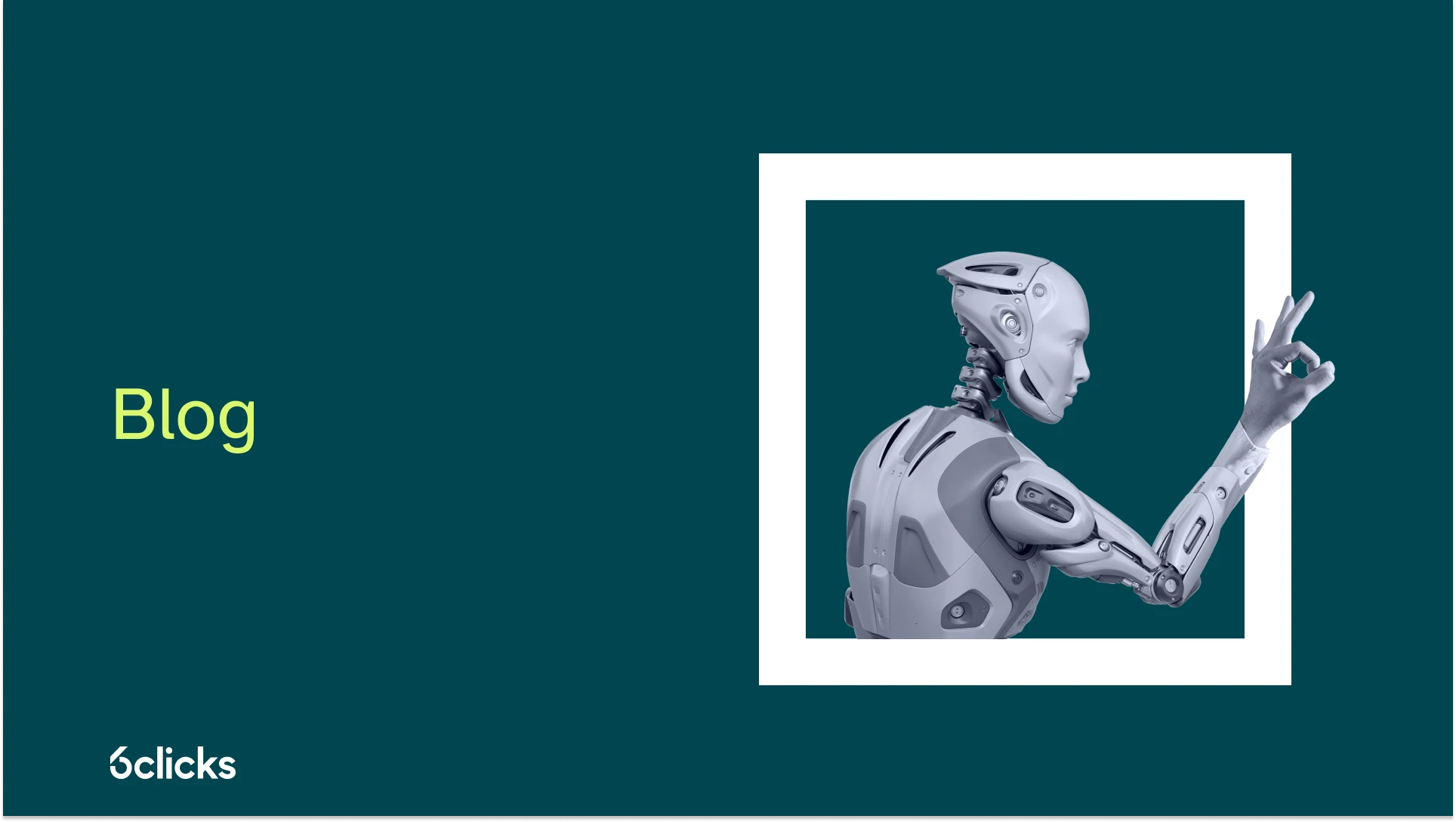User adoption... why such an issue??
If the business had already purchased a tool (one would hope after extensive research) and has decided to drive the integration of said new tool, wouldn't user adoption just be par for the course?

Not Always
The thing we have to remember here is that the person using the product is not always the same one that is purchasing the product or driving the initiative. The stakeholder can purchase the technology and then we see it become what we call 'shelfware'. They purchase it and are even excited about it. They have nice project plans around it, but then it just goes and sits and collects dust. So of course this is going to lead to dollars and resources wasted in general. And this is why those end-users who are supposed to be utilizing the tool every day are so important. Otherwise, you just have a piece of technology.
Challenges Faced While Increasing User Adoption of New Technology
We are humans and are very reluctant to change. We like things the way we like them. When we have our processes, policies, and procedures in place, we do not want those to change. But that is going to happen naturally and will create some major reluctance ease within the user group. Additionally, there is some fear out there that (the user group might have in regards to) their job or their specific responsibilities are being replaced by technology. And finally, technology can be really intimidating. Having to learn something new is a challenge. So there is always that learning curve and even resistance to learning something new. This could be because you are trying to get them to use something that is totally new to them. Maybe it is new conceptually, maybe the processes are changing along with the technology. So there is just some fear and reluctance that can come along with that.
The thing that to keep in mind with this though, is that technology still has to be maintained. So while there may be fear that technology is coming into the workforce and taking away the jobs of the people, people still have to maintain that technology.
So it is not necessarily that it's being taken away - it is just being changed. So there's always something new. Now it might change the way we look at jobs. You have to be a little bit more technically inclined to be able to maintain that technology. But technology should be intended for the good of the people. It should be intended to streamline processes, gain efficiencies, and that is why we are seeing it takeover so much but it still creates additional jobs, right? They're just different jobs.
How Can Organizations Minimize Such Challenges?
Organizations who are in the vetting process with their vendor and various technologies should really consider trying to involve that end-user base as much as feasible. Well, it does not mean bringing them into every single vendor meeting or involving them in the true decision making, but getting them involved in requirements gathering.
Get them involved in user base surveys and make sure they're supported and enabled. Do not just drop a piece of technology on them and run, make sure that they have the proper training and resources, and make sure that those training exercises are really tailored to your various types of learners.
Oftentimes we see these training resources are PowerPoint, or just some videos slapped together. Instead, you should have various types of learning mechanisms for your user base based on how they learn. So have some PowerPoints, have some video-based courses, have some group settings, or even some one-on-one sessions. Finally, assure them that technology is not taking their job away but is just here trying to make their lives easier and make their jobs more efficient.
Role in User Adoption as a SaaS Product
As a SaaS product provider, generally, you should be thinking about the end-user in mind whenever designing a product. The UI and UX is common, but we have to think about reducing the number of clicks on the platform.

6 CLICKS! That is what we pride ourselves on. Six clicks to efficiency, to compliance, and to an end result.
Moreover, you should also have your own support. You cannot put the support solely on the client, you have to have your own types of support resources. For example, at 6clicks, we have a knowledge base of content that is really driven towards the functionality of the tool. We also have video-based support mechanisms and 24/7 live support in-app itself through chat functionality. Therefore, really diversifying those support mechanisms. And finally, integrating constant user feedback. It is really important that we go out to that user base and figure out what is working, what is not working, and really, furthermore, integrating that into our product.
As a SaaS provider, you should make your tool as configurable as possible to handle all those various industries and various use cases.
Hybrid Workforce & Adopting New Technologies
If there is anything good that came out of this new hybrid lifestyle that we are all hopefully enjoying, at least to some degree, is that technology adoption is really going to increase.
We have all become used to it through our video conferencing softwares and other collaboration tools. And this is going to change the tone about technology and about integrating technology into internal policies and processes, including in the GRC and cybersecurity space.
Technologies should be seen as tools, not hindrances. And the work-from-home lifestyle really kind of pushed us over the edge there. We will continue to see a trend in that way. It is so interesting because when we moved into that work from home lifestyle, a lot of people were a little bit hesitant to adopt and work from home and maybe thought that it wasn't going to be as productive, but technology has really held us afloat here and really enabled many businesses to survive these difficult times.
In terms of user adoption, all you have to do is make it resonate. Everyone is going to be reluctant.

There is going to be some hesitation, and there will always be a bump in the road.
But once you can make the piece of technology or the change resonate with the user, give them a value proposition - why is this important? What is it going to do for me in my day to day and how is it going to help it? As soon as you can bridge that gap and make that connection for them, you're going to experience wider user adoption. And that's exactly what we saw with the work-from-home lifestyle changes. I think that is what you will see in your user adoption as well if you just follow a few tips and keep them involved through the process.
Moving Forward
We are going to see a continued trend toward kind of the zero-trust emphasis, really trying to understand how to adapt more quickly in the ever-changing climates. In the past year, we have learned how to react to them. And now we will see industries turn more proactive to those and start thinking outside of the box when it comes to incident response or when it comes to mitigation activity, and just being more adaptable to change.
Historically, various sectors have been very reactive to it. And I think we'll start seeing a trend towards a proactive nature within cybersecurity and GRC.
It's all about being resilient and being able to bounce back in times of uncertainty as well. Every single industry has been through such a difficult time and many did not know where they were headed, but it's also about being able to have those processes in place to be resilient. There's no cheat book, right? So really, it's about building that robust foundation and making sure that the foundation is correct so that when those things do happen, the houses do not tumble down.
Ready to get started on your GRC journey? Let 6clicks show you how easy bringing your teams together and curating your single-pane-of-glass landscape can be.
All we want to do, every day, is make the world of GRC easier to manage. We can't do that without you, so we hope to hear from you real soon!
 Team 6clicks
Team 6clicks
Fast, clear, smart, agile. #NoSpreadsheets 🚫
Written by Heather Buker
Heather has been a technical SME in the cybersecurity field her entire career from developing cybersecurity software to consulting, service delivery, architecting, and product management across most industry verticals. An engineer by trade, Heather specializes in translating business needs and facilitating solutions to complex cyber and GRC use cases with technology. Heather has a Bachelors in Computer Engineering, Masters in Engineering Management, and a Doctorate in Information Technology with a specialization in information assurance and cybersecurity.






